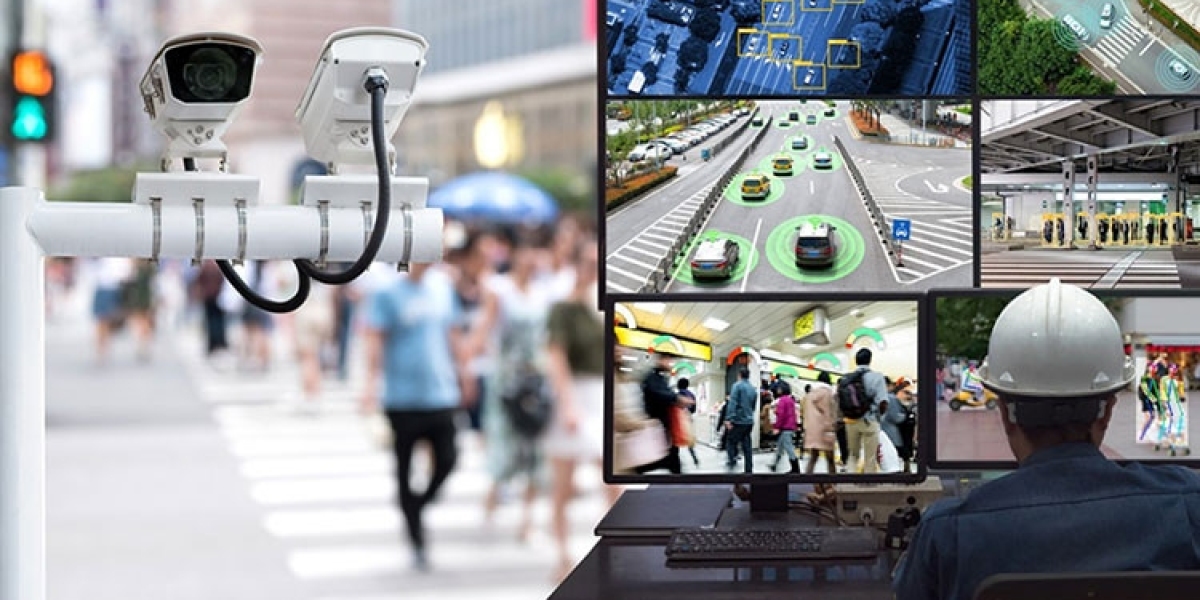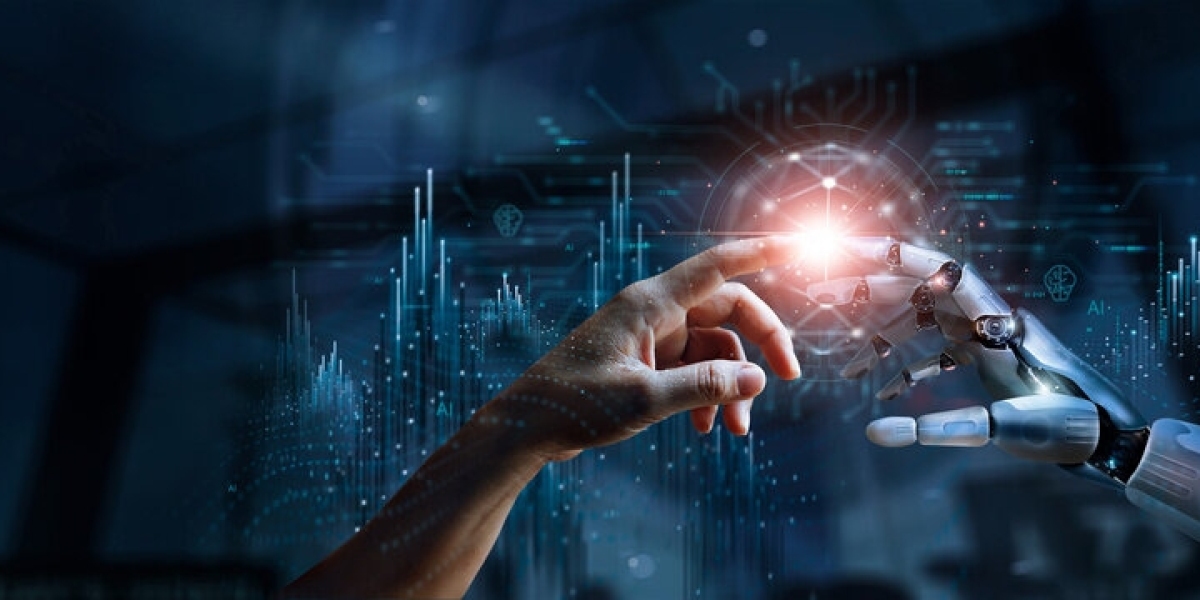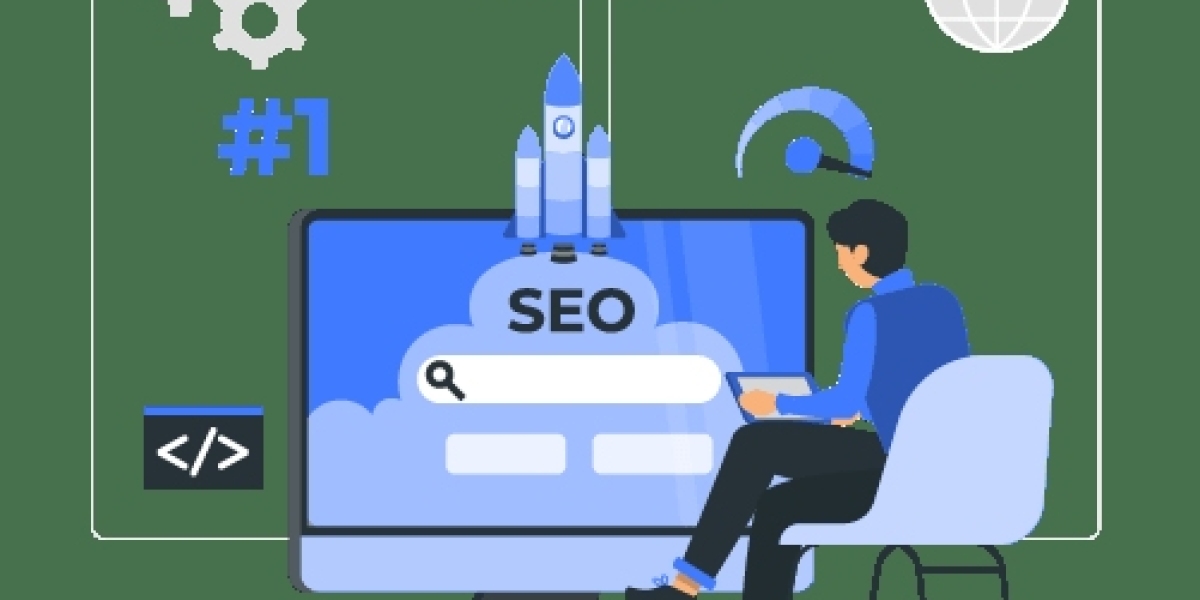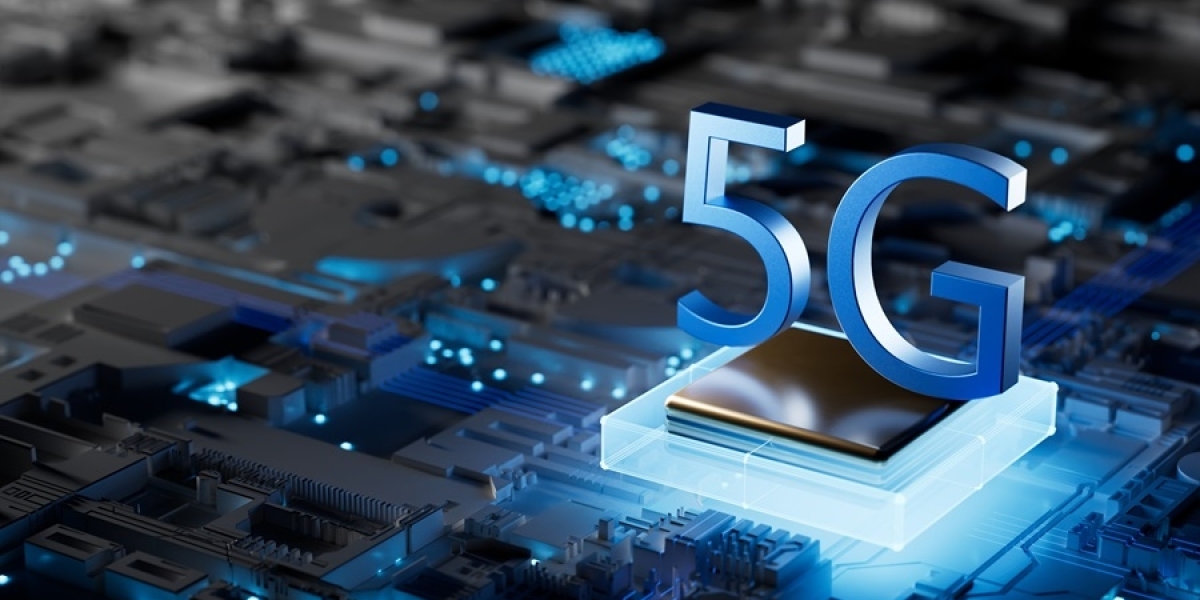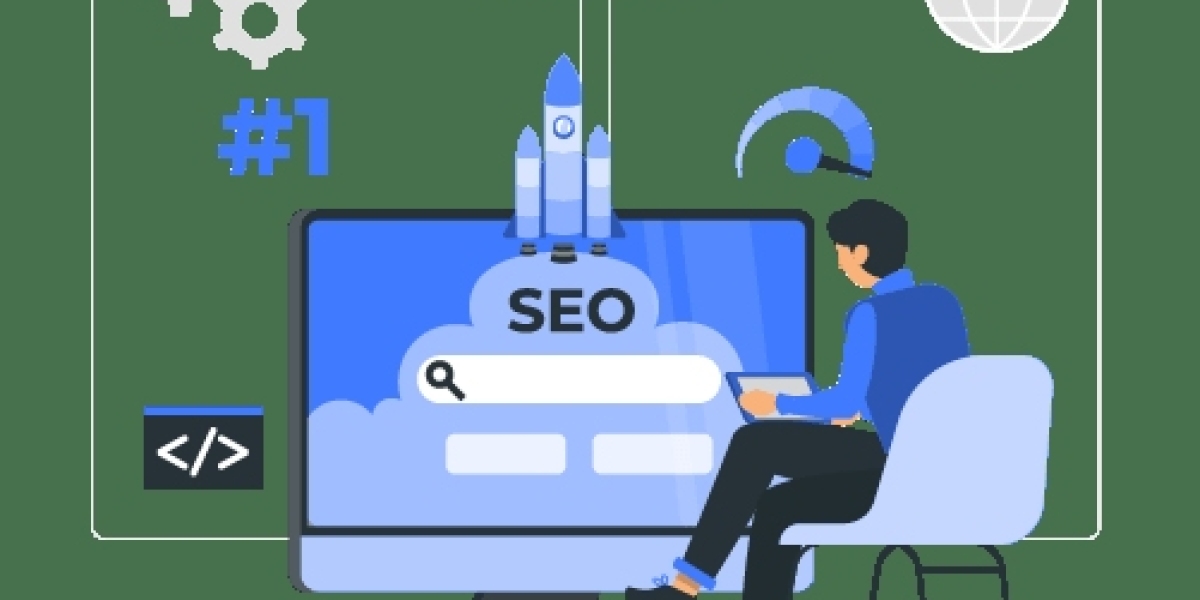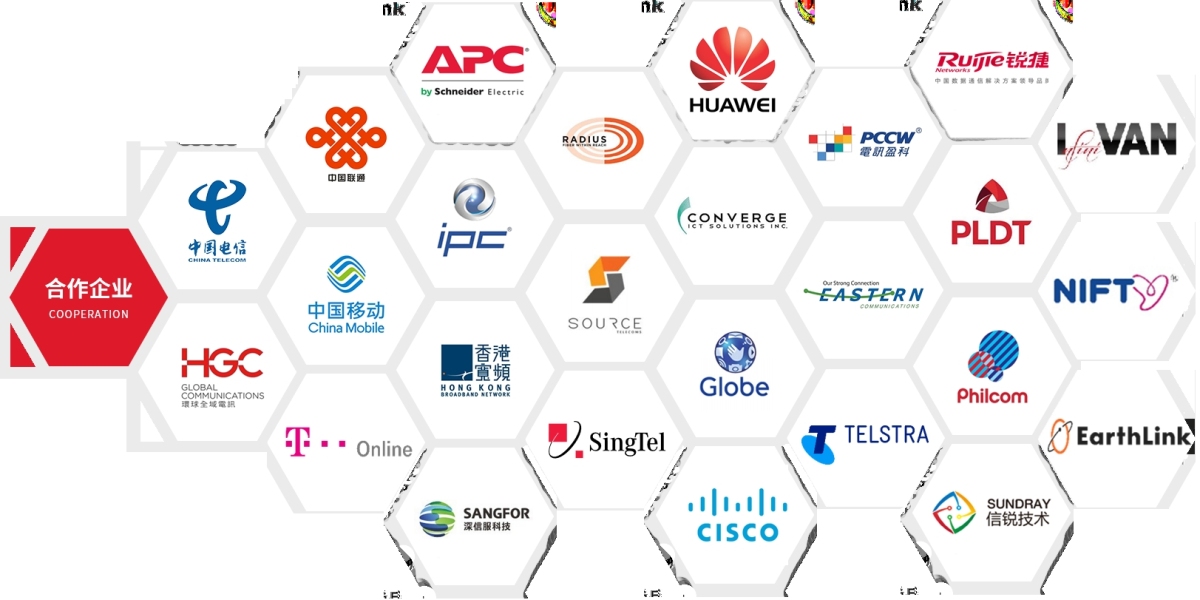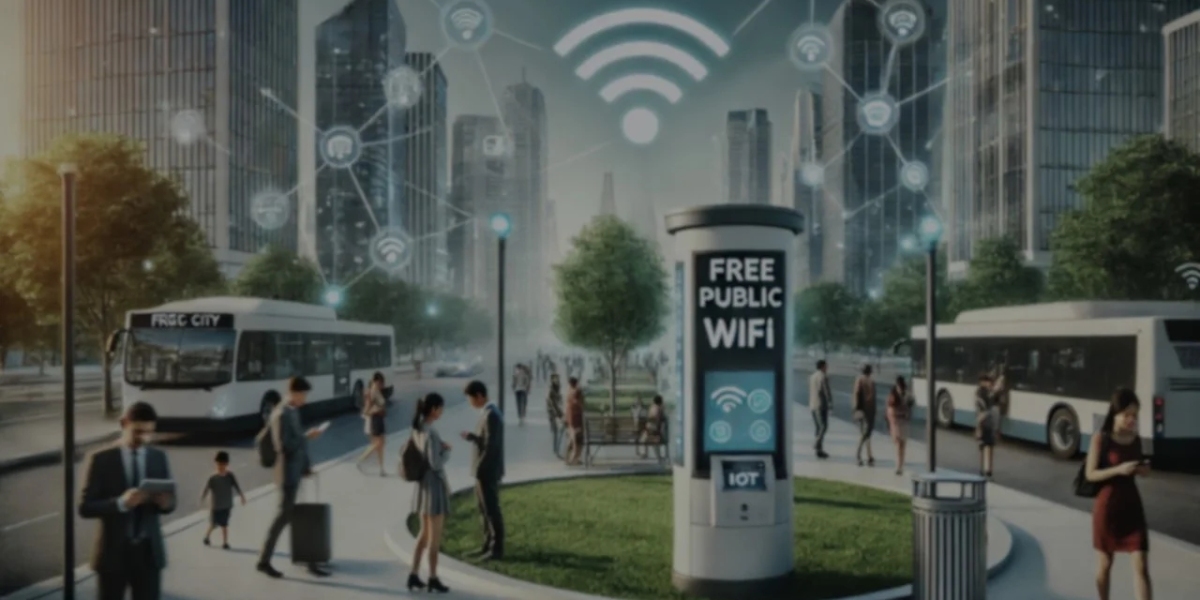1. Introduction: Evolving from Traditional CCTV to AI Surveillance
In the past, traditional CCTV systems served primarily as passive video recorders, offering little more than basic footage storage for manual review. These systems were reactive in nature — footage was only reviewed after an incident had occurred, and valuable time was often lost scanning through hours of recordings.
Today, the landscape of security and surveillance has transformed dramatically. With the rise of artificial intelligence (AI) and real-time data processing, we are witnessing a shift from passive monitoring to proactive, intelligent video surveillance. This transformation is powered by a powerful innovation: AI-powered video analytics.
AI video analytics allows security systems to automatically detect, analyze, and respond to real-time events without the need for constant human supervision. By integrating technologies such as machine learning, facial recognition, object detection, license plate recognition, and behavioral analysis, these systems can flag anomalies, alert authorities, and even predict potential threats — all in real time.
From smart cities to airports, shopping malls to government buildings, AI-enabled surveillance is redefining how we think about safety, efficiency, and public space management. This advancement not only enhances security but also reduces operational costs, improves response times, and allows for more informed decision-making.
In this article, we explore the growing impact of AI-powered video analytics, the core technologies that enable it, and how it’s being implemented to create smarter, safer environments — especially in urban areas, public infrastructure, and mission-critical sectors.
2. What is AI-Powered Video Analytics?
AI-powered video analytics is a cutting-edge technology that uses artificial intelligence, machine learning, and computer vision to automatically analyze video footage and extract meaningful insights. Unlike traditional CCTV systems that merely record and store video, AI analytics can interpret what’s happening in real-time and trigger actions based on predefined rules or learned behaviors.
At its core, AI video analytics combines high-resolution video feeds with advanced algorithms that mimic human perception. These algorithms can detect motion, identify objects, recognize faces or license plates, analyze crowd behavior, and even track individuals across multiple cameras.
Some key features of AI-powered video analytics include:
Object Detection and Classification: The system can identify people, vehicles, animals, and even specific objects like backpacks or helmets.
Facial Recognition: It can match faces against a database for identity verification or watchlist alerts.
Intrusion Detection: Alerts are generated when unauthorized individuals enter restricted zones.
Loitering Detection: Flags suspicious behavior based on how long someone stays in one area.
Abandoned Object Detection: Triggers an alert when an object is left unattended in a public space.
License Plate Recognition (LPR): Automatically reads vehicle plates for parking, tolling, or law enforcement.
Behavioral Analysis: Identifies unusual patterns such as running, fighting, or falling.
What makes AI analytics powerful is its ability to learn and improve over time. The more data it processes, the more accurate and responsive it becomes — minimizing false alarms and ensuring smarter decisions.
This technology is already being used in public safety, smart cities, retail analytics, traffic control, airports, transportation hubs, and industrial security. Its versatility and intelligence make it one of the most promising tools in the future of digital surveillance.
3. Key Benefits of AI Video Analytics for Smart Surveillance
AI-powered video analytics offers a wide range of benefits that go far beyond traditional surveillance methods. By leveraging real-time data processing and intelligent decision-making, this technology transforms passive video monitoring into a dynamic, proactive security system. Here are the most significant advantages:
1. Real-Time Threat Detection
AI analytics can instantly identify potential threats as they happen — from unauthorized access to suspicious behavior — allowing for immediate response. This capability is critical in situations where seconds can save lives.
2. Reduced Human Dependency
Instead of relying on security staff to watch multiple screens for hours, AI systems automatically monitor video feeds 24/7 without fatigue. This reduces the burden on personnel and minimizes human error.
3. Improved Accuracy and Fewer False Alarms
Traditional motion sensors and basic surveillance often generate false alarms caused by animals, weather, or minor movement. AI algorithms, trained on large datasets, can distinguish between real threats and benign activity with high accuracy.
4. Cost Efficiency
Though AI-based systems may require higher upfront investment, they save money in the long term by reducing manpower needs, improving operational efficiency, and preventing costly incidents through early intervention.
5. Actionable Insights and Reporting
Beyond security, AI video analytics generates valuable data for decision-making. For example, analyzing foot traffic in retail stores, crowd patterns in transportation hubs, or occupancy levels in buildings can improve resource allocation and planning.
6. Scalability and Remote Monitoring
Modern AI video platforms are cloud-enabled, allowing authorities and managers to monitor multiple locations remotely through dashboards or mobile apps — ideal for large campuses, municipalities, or multi-site enterprises.
7. Enhanced Public Safety and Confidence
When people know that public areas are monitored by intelligent systems capable of rapid response, it increases their sense of security. This is especially important in high-risk zones such as schools, hospitals, parks, and event venues.
8. Data Integration with Other Smart Systems
AI video analytics can be integrated with emergency response systems, access control, environmental sensors, and more — forming the backbone of holistic smart city operations.
4. Use Cases of AI Video Analytics in Real-World Environments
AI video analytics is not just a futuristic concept — it is already being used across various sectors to solve real-world problems, streamline operations, and enhance public safety. Below are some of the most impactful applications where AI-powered surveillance is making a difference:
1. Smart Cities and Urban Security
City governments are deploying AI surveillance in public spaces to monitor crowd behavior, detect street crimes, and assist in traffic regulation. These systems can automatically alert authorities about suspicious activity, illegal dumping, or unattended baggage in transport terminals.
2. Traffic Monitoring and Enforcement
AI analytics helps manage urban mobility by analyzing vehicle flow, detecting violations such as running red lights or illegal parking, and recognizing license plates. The data can also be used to optimize traffic signals and reduce congestion.
3. Retail and Commercial Spaces
Retailers use AI to monitor customer movement, dwell times, and behavior. This information supports store layout optimization, queue management, and loss prevention by identifying theft patterns or unauthorized access to restricted areas.
4. Airports and Transportation Hubs
In high-security environments like airports, AI video systems assist in crowd management, facial recognition for identity verification, baggage tracking, and early detection of threats. They can also monitor perimeter breaches or restricted zone access.
5. Educational Institutions
Schools and universities use AI surveillance to enhance campus safety. From monitoring for intrusions after hours to tracking foot traffic in hallways, these systems provide a secure learning environment for students and faculty.
6. Healthcare Facilities
Hospitals deploy AI-powered cameras to detect falls, unauthorized entries into sensitive areas (like ICUs or pharmacies), and monitor patient movement in eldercare or mental health units — reducing response times and improving patient outcomes.
7. Industrial and Manufacturing Sites
In factories and warehouses, AI helps enforce safety protocols by identifying workers without proper gear (like helmets or vests), detecting fires or gas leaks, and preventing intrusion into hazardous areas.
8. Banking and Finance
AI analytics in banks enhances ATM security, monitors branch activities, detects fraud attempts, and automates audit trail generation — ensuring a more secure financial environment for both staff and customers.
9. Public Events and Stadiums
Large venues utilize AI surveillance to count attendees, manage exits and entries, prevent overcrowding, and detect altercations or emergencies in real time, significantly improving crowd control and event safety.
5. Challenges in Implementing AI Surveillance Systems
While AI-powered video analytics offers significant benefits, its implementation is not without challenges. Many organizations and local governments must carefully consider technical, legal, and operational issues before deploying these systems at scale. Here are the most common obstacles faced:
1. High Initial Investment
Deploying an AI surveillance system often requires purchasing high-resolution cameras, upgrading network infrastructure, and investing in cloud or edge computing platforms. For smaller municipalities or businesses, these costs can be a major barrier.
2. Data Privacy and Legal Compliance
Capturing and analyzing video data — especially involving facial recognition — raises serious concerns about individual privacy. Organizations must comply with local data protection laws such as the Philippines' Data Privacy Act or GDPR in Europe, ensuring informed consent, secure storage, and limited access.
3. False Positives and System Accuracy
AI systems are only as good as the data they’re trained on. Poor training datasets or environmental variables (like lighting, weather, or camera angles) can lead to false positives, missed detections, or inconsistent performance.
4. Integration with Legacy Systems
Many organizations already use older CCTV networks or security platforms that are not compatible with modern AI solutions. Integration may require system overhauls, custom APIs, or middleware — adding complexity and cost.
5. Cybersecurity Risks
Any internet-connected surveillance system is vulnerable to cyberattacks. Without proper encryption, firewalls, and authentication protocols, sensitive video footage and system controls could be compromised.
6. Bandwidth and Storage Demands
AI video systems often process high-definition video streams in real-time, requiring stable and fast network connections. If cloud-based, large amounts of data must be uploaded and stored securely, increasing operational costs.
7. Need for Skilled Personnel
Operating, maintaining, and interpreting data from AI surveillance systems require trained personnel with expertise in IT, machine learning, and video analytics. There is often a skills gap, especially in remote or underdeveloped areas.
8. Ethical Considerations
There is an ongoing global debate about the ethical use of AI in surveillance, particularly in relation to government surveillance, social scoring, or mass monitoring. Transparent governance and clear policies are essential to build public trust.
6. AI Video Analytics Trends in Southeast Asia
Southeast Asia is quickly emerging as one of the most dynamic regions embracing smart surveillance technologies. Driven by rapid urbanization, growing investments in digital infrastructure, and rising security concerns, countries across the region are actively integrating AI-powered video analytics into public and private systems.
1. Government-Led Smart City Initiatives
Governments in countries like the Philippines, Singapore, Malaysia, and Thailand are launching smart city programs that include intelligent surveillance. For instance, Metro Manila has invested in city-wide CCTV systems integrated with AI for traffic and public safety monitoring.
2. Rise of Public-Private Partnerships (PPP)
Because infrastructure upgrades can be costly, many Southeast Asian cities are turning to PPP models. Local governments provide access and regulatory support, while private tech firms like SUNIWAY contribute technology, cloud platforms, and system maintenance.
3. Adoption in Mid-Sized Cities and Provinces
AI surveillance is no longer limited to capital cities. Provinces and smaller cities are starting to deploy smart monitoring systems in public markets, municipal halls, barangays, and rural schools to improve visibility and safety.
4. Integration with Other Digital Services
AI video analytics is increasingly being tied to broader systems like e-governance platforms, emergency dispatch systems, digital identity programs, and energy monitoring dashboards — contributing to an integrated urban management framework.
5. Localization of AI Models
To improve performance, some vendors are developing localized AI models trained on region-specific data (e.g., Filipino facial features, Southeast Asian license plates, or local behavioral patterns), which makes the analytics more effective in real environments.
6. Mobile-First and Low-Bandwidth Innovations
Given that many areas in Southeast Asia face connectivity limitations, developers are optimizing AI video platforms for mobile viewing and edge computing. This allows real-time processing even in low-bandwidth settings or via solar-powered Wi-Fi systems.
7. Growing Regulatory Frameworks
Countries are introducing clearer data privacy and surveillance guidelines to regulate the ethical use of AI. For example, the Philippines' National Privacy Commission is active in setting standards for video data protection.
8. Deployment in High-Risk Zones
AI surveillance is being prioritized in high-risk zones like transportation terminals, border checkpoints, ports, and flood-prone areas — not just for security, but also for disaster preparedness and response.
As more cities aim to become digitally enabled, AI video analytics will be a central pillar of urban innovation in Southeast Asia — balancing public safety, efficiency, and citizen trust.
7. How to Choose the Right AI Surveillance Provider
Choosing the right AI surveillance provider is critical for ensuring the success and sustainability of your smart security project. The right partner will not only deliver the technology but also provide the necessary support, training, and integration services to meet your specific needs. Here are the most important factors to consider:
1. Proven Track Record and Local Experience
Look for providers with a strong reputation in deploying AI video analytics in your region. A company that understands local infrastructure, challenges, and regulations — such as SUNIWAY in the Philippines — will be better equipped to deliver reliable results.
2. Scalable and Flexible Architecture
Your provider should offer scalable solutions that can grow with your needs. Whether you’re starting with 10 cameras or planning a city-wide deployment, the system should support expansion and integration with other platforms.
3. Cloud and Edge Capabilities
Choose a provider that supports both cloud-based analytics for centralized monitoring and edge computing for real-time, low-latency processing. This hybrid approach ensures performance in both urban and remote settings.
4. Customizable AI Features
Every use case is different. A good provider should allow you to customize AI features such as intrusion detection, face recognition, behavior analytics, or vehicle tracking based on your goals and environment.
5. User-Friendly Dashboards and Mobile Access
Effective systems should come with intuitive interfaces that allow your staff to monitor, search, and respond to incidents easily — even from mobile devices. Dashboards should provide alerts, insights, and historical data in real-time.
6. Strong Data Privacy and Cybersecurity
Ensure your provider complies with data protection laws and employs strong encryption, access control, and cybersecurity practices. Ask how video data is stored, who can access it, and how long it is retained.
7. Technical Support and Local Service Availability
24/7 technical support and on-the-ground service teams are essential, especially in mission-critical deployments. The provider should offer training, remote troubleshooting, and scheduled maintenance.
8. Integration with Existing Systems
The best providers ensure seamless integration with your current infrastructure — including CCTV hardware, access control, emergency dispatch systems, and smart city platforms.
9. Transparent Pricing and Maintenance Plans
Understand the full cost of ownership: installation, licensing, cloud usage, updates, and long-term maintenance. Choose a vendor who offers transparent pricing and clear SLAs (Service Level Agreements).
10. References and Case Studies
Request references or case studies similar to your deployment type. Seeing how the system works in real environments will help you validate its performance and reliability.
By carefully evaluating these criteria, you can select an AI surveillance provider that delivers not only technology but trust, value, and long-term success.
8. Frequently Asked Questions (FAQs)
Q1: What is the difference between traditional CCTV and AI-powered surveillance?
Traditional CCTV systems are passive — they simply record footage for manual review. AI-powered surveillance adds intelligence by analyzing video in real-time, identifying threats, and triggering automatic alerts without the need for constant human monitoring.
Q2: Is AI video analytics suitable for small businesses or barangays?
Yes. AI analytics is scalable and can be deployed in small-scale environments like barangay halls, public markets, schools, or local clinics. It offers affordable safety enhancements even in rural areas, especially when paired with solar-powered or low-bandwidth solutions.
Q3: How accurate are AI video analytics systems?
Accuracy depends on the quality of the AI model, video resolution, and environmental factors. Well-trained systems can achieve high accuracy rates, especially in controlled environments. Regular updates and localized datasets improve reliability over time.
Q4: Is it legal to use facial recognition in public surveillance?
This depends on your country’s data protection laws. In the Philippines, for example, the Data Privacy Act requires transparency, lawful purpose, and data minimization. Always consult your legal team and obtain proper consent when necessary.
Q5: Can AI analytics work in poor lighting or at night?
Yes, many AI systems are paired with infrared or thermal cameras to ensure performance in low-light conditions. However, detection accuracy may still vary based on the specific camera and algorithm.
Q6: What happens to the video data — who owns it and where is it stored?
Ownership and storage policies depend on the vendor and system design. Most systems allow local storage, cloud storage, or hybrid options. Organizations must ensure data access is restricted and storage is compliant with privacy regulations.
Q7: How long does it take to deploy an AI surveillance system?
Deployment time varies depending on the size and complexity of the system. Small projects can be completed in a few days, while large-scale city deployments may take several months including design, integration, and testing.
Q8: Can AI video analytics prevent crimes or just detect them?
While AI cannot physically prevent crimes, it enhances deterrence through proactive detection, faster response times, and smart alerts. Over time, its presence reduces crime rates by improving visibility and enforcement.
Q9: Does AI video surveillance require a constant internet connection?
Not necessarily. Many systems use edge computing to analyze data locally. However, cloud-based storage, remote access, and dashboard viewing typically require an internet connection.

